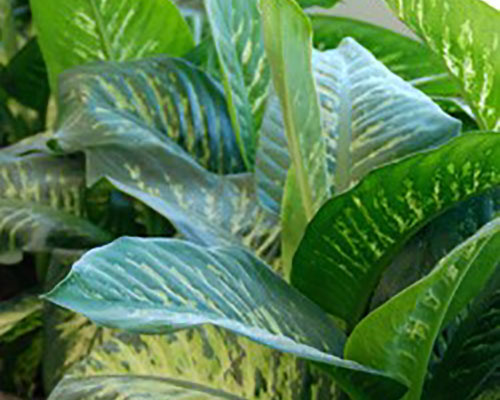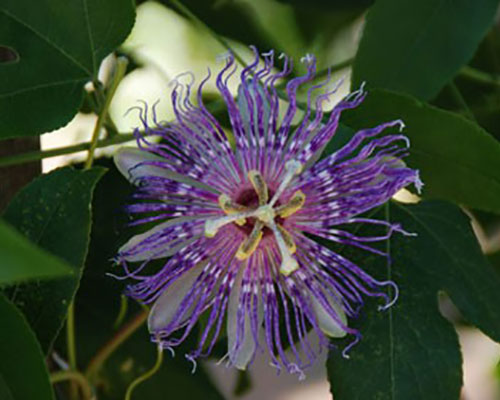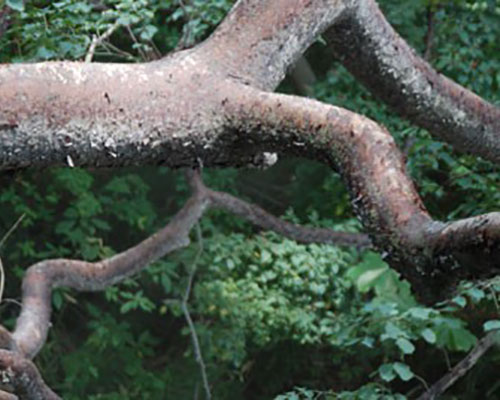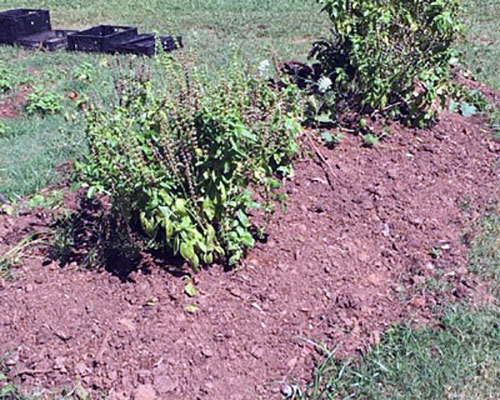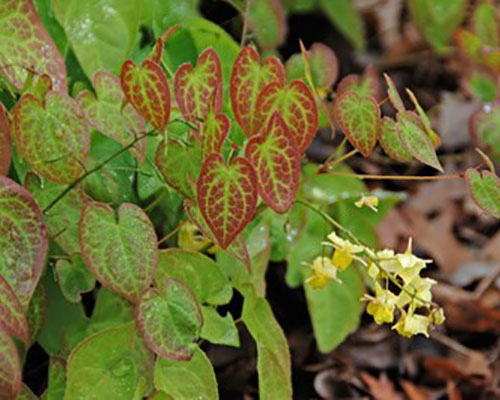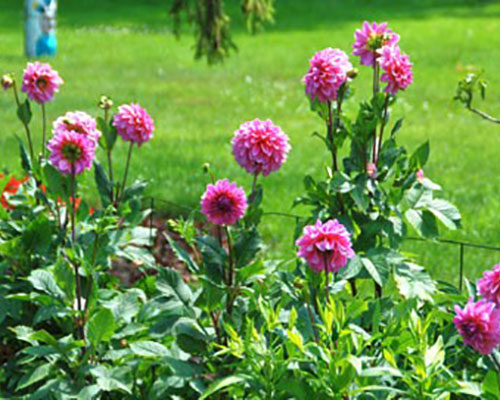Melinda's Garden Moments
Low E Glass Impact on Houseplants
|
You can conserve energy and still grow healthy houseplants. Light, water and nutrients are the keys to growing healthy plants. Many energy conscious indoor gardeners are concerned when considering replacing their windows with Low-E glass. Fortunately, it only reduces the visible light needed by our plants by an additional 5 to 10 percent. A side benefit to your plants is that the Low-E glass moderates temperatures indoors keeping plants, especially those growing near windows, warmer at night and cooler during the day. And no matter what type of glass is in the windows – keep them clean to maximize the amount of light reaching your plants.
